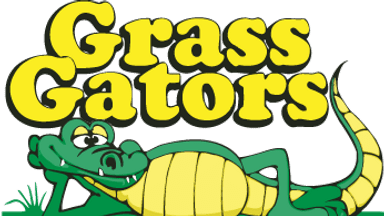When it comes to tending to your garden, you want to make sure you’re applying proper lawn care to prevent weeds from growing and hurting your plants. At first sight, you need to eliminate the weeds right away or suffer the consequences once they multiply right under your nose and end up destroying your entire yard.

However, you have to be careful because weeds are pesky, and you could hurt yourself in the process of eradicating them. Fortunately, you can make it easier by wetting the soil first before getting to work and pulling the weeds out from their roots.
Keep reading below to find out the various types of weeds you can expect to see growing beneath the soil surrounding your property and how to get rid of them accordingly.
Dandelions
A dandelion is a perennial type of weed. It means if you don’t go out of your way to remove them, they will continue to reproduce on your property, eventually taking over your lawn. Unfortunately, it can be challenging to remove them due to their long taproot.
Some weed control tips for handling dandelions include grabbing them by their roots using a weed digger and spraying a tiny amount of weed killer into the hole where you got them. Make sure the product you’re using is made for lawns, so the ingredients it contains won’t impact your grass.
While it’s often time-consuming and will require your energy and patience until you completely remove all the dandelions off your yard, controlling your weed killer use is necessary. It prevents you from overusing chemicals, protecting your family and pets that spend a lot of their time in your yard.
Crabgrass
Crabgrass is a type of weed that appears in your yard every year. Unfortunately, they require a different weed killer for lawns to take care of them permanently. At the start of the year, you can expect crabgrass to crawl over your yard, so it’s best to stay prepared for their invasion.
As soon as spring arrives, you should apply a pre-emergent herbicide to kill the crabgrass even before they get the chance to grow. However, timing is crucial during the process. If you don’t do your job and spring passes by, you can try again during summer by incorporating a post-emergent crabgrass killer this time around.
Poison Ivy
Poison ivy is a type of weed that’s challenging to remove from your yard, and it’s one that you should always go out of your way to take out, or you will have to deal with the consequences. They are toxic, so you must be careful when managing them and begin by using a trowel or shovel to take them out from their roots.
As soon as you dig them out of your lawn, you should throw poison ivy right away. Failing to do so will leave toxins in the air that could remain on your property for up to five years. As a result, their sap could land on dead plants and still stay active and ready to grow again.
Conclusion
Weeds are troublesome and hard to address because so long as there’s soil and plants present, they will always find their way on your lawn, growing and striving to take over your plants. When you first lay eyes on signs that a dandelion, crabgrass, or poison ivy grows in your yard, you must take the necessary actions to remove them. If you can’t deal with them on your own, you can hire a specialist for assistance to help keep your garden free from weeds before the situation gets worse.
Are you looking for lawn weed control in Alberta for your property? Grass Gators offers weed control and fertilizer services to improve your lawn’s health and appearance no matter the season. Browse through our packages to see how we can help!
